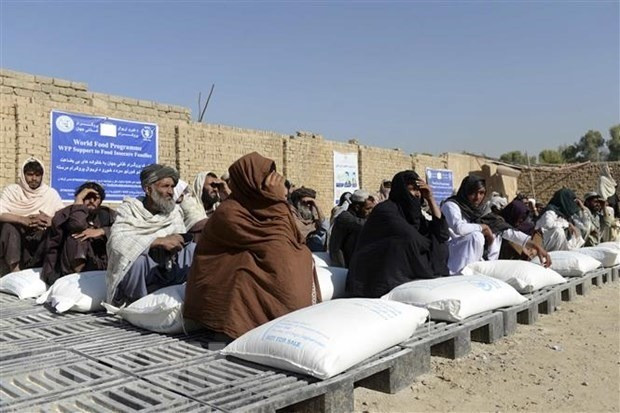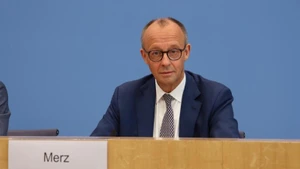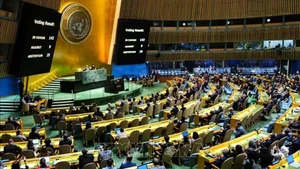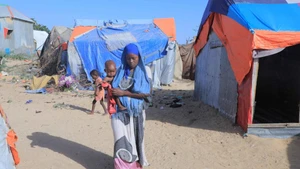According to a UN report, South Sudan is the most dangerous place in the world for humanitarian workers. Since the beginning of 2023, there have been 40 attacks on humanitarian workers in South Sudan, killing 22 people. Sudan is also a dangerous location, with 17 attacks having claimed the lives of 19 aid workers. The same situation has also occurred in some other countries such as Central African Republic, Mali, Somalia, Ukraine, and Yemen.
Under-Secretary-General for Humanitarian Affairs and Emergency Relief Coordinator at the UN Martin Griffiths said every year, almost six times as many aid workers are killed in the line of duty as those who died on the suicide bomb attack on the UN headquarters in Baghdad, Iraq, in 2003.
With enthusiasm and courage, humanitarian aid workers are likened to "peace messengers" who always strive to fulfil their noble duty to protect the people. However, the severity of wars, conflicts, and deliberate attacks on humanitarian workers have made them more vulnerable.
The UN Office for the Coordination of Humanitarian Affairs (OCHA) said most conflicts take place within countries, where armed rebel groups are located, and they tend to target attacks on civilians and humanitarian workers. According to UN statistics, since the beginning of 2023, in addition to the dead staff, 84 staff members were injured and there were 34 cases of kidnapping.
To help ensure the safety of humanitarian workers, the World Food Programme (WFP) has recently launched an initiative whereby AI-powered robotic vehicles could deliver food parcels to conflict and disaster zones.
South Sudan is expected to be the first country to implement this project. About 7.7 million people in South Sudan are currently facing severe food shortages as extreme weather makes humanitarian assistance difficult.
Limited funding is also a problem that humanitarian projects face. UN Secretary-General Antonio Guterres stated that the UN only received 20% of the necessary funding in the first half of 2023.
He also warned that prolonged funding shortages, as well as record humanitarian demand, have been pushing the relief system to a "critical" state.
Also due to the lack of funding, the WFP was forced to suspend the malnutrition prevention efforts in Yemen in August 2023. This will have a major impact on the 2.4 million vulnerable people in Yemen.
The WFP officials said the lack of funding for humanitarian projects causes people who are at "crisis" levels of hunger to fall to "catastrophic" levels. As a vicious cycle, the need for humanitarian assistance thus continues to increase.
According to the UN, the number of people in need of humanitarian aid has now risen to a record 362 million. Aid needs increase, but the cause of humanitarian crises remains unchanged, including conflict, climate change, and economic crisis.
On the occasion of this year's World Humanitarian Day (August 19), the UN Secretary-General affirmed that the hundreds of thousands of aid workers globally, who dedicate their lives to assist people in need, represent “the best in humanity”.
World leaders need to be more drastic in protecting humanitarian workers, as well as in efforts to resolve conflicts and improve the quality of people's lives.
















